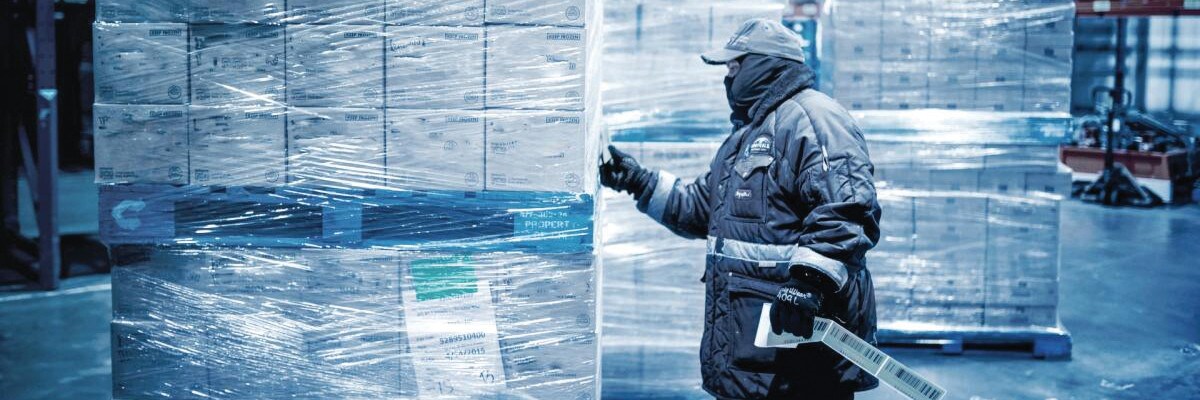
Chambre froide
Le bon partenaire en toiture peut vous aider à atteindre les objectifs les plus importants pour votre entrepôt frigorifique.
Pourquoi choisir GAF pour votre entrepôt frigorifique?
*Les économies d’énergie ne sont pas garanties et le montant peut varier selon la zone climatique, le prix des services publics, les propriétés radiatives des produits de toiture, l’isolation, l’efficacité de l’équipement CVC et d’autres facteurs.
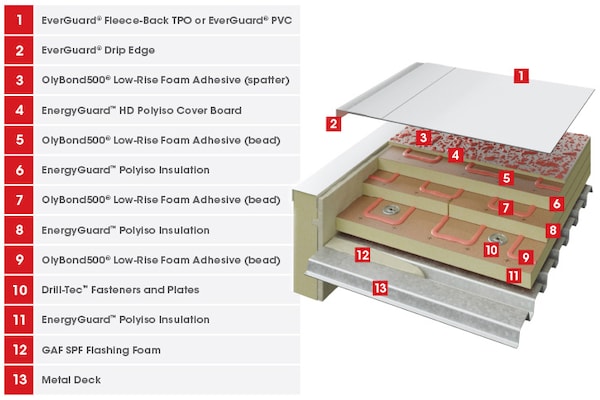
Concevez un système GAF qui répond à vos besoins
Travaillez avec les concepteurs de GAF en utilisant des produits GAF pour concevoir un système qui maintient les températures intérieures basses tout en économisant de l’énergie.* Les systèmes de toitures de GAF pour l’entreposage frigorifique intègrent des composants clés tels que les isolants, les panneaux de couverture, les bordures métalliques et les membranes.
*Les économies d’énergie ne sont pas garanties et le montant peut varier selon la zone climatique, le prix des services publics, les propriétés radiatives des produits de toiture, l’isolation, l’efficacité de l’équipement CVC et d’autres facteurs.
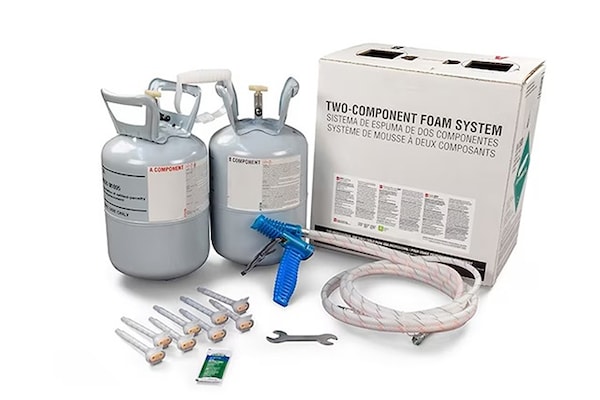
Mousse pour solin GAF SPF
La mousse pour solin SPF GAF est une mousse de polyuréthane projetée à deux composants, à cellules fermées, appliquée à basse pression et sans solvant, conçue pour remplir et isoler les trous et les vides.
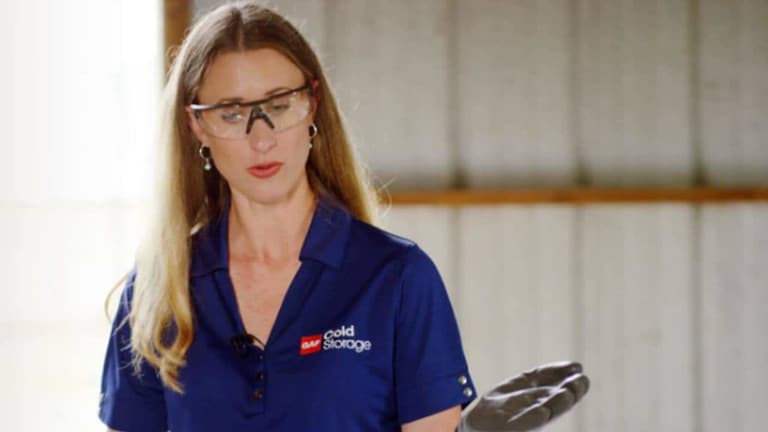
Introduction aux systèmes de toiture pour entrepôt frigorifique
Les entrepôts frigorifiques nécessitent des assemblages de construction uniques. Apprenez-en davantage sur les couches de contrôle primaires, leur continuité et leur rôle dans la réduction du risque de condensation.
Guide de conception, spécifications et fiche de vente pour entrepôt frigorifique
Guide de conception pour les entrepôts frigorifiques
TéléchargerCaractéristiques techniques du TPO
TéléchargerCaractéristiques techniques du PVC
TéléchargerFiche de vente de l’isolation en polysio NH pour entrepôt frigorifique
Tout téléchargerDétails du TPO Everguard pour entrepôt frigorifique
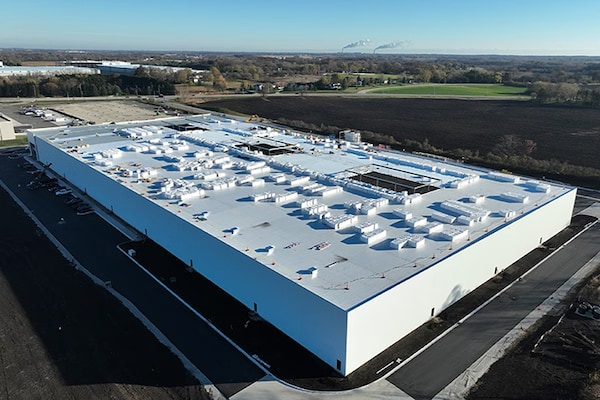
Installation d'entrepôt frigorifique de Saputo Cheese USA
Découvrez la technologie d’entreposage frigorifique qui protège le fromage et les puces électroniques des intempéries du Wisconsin.
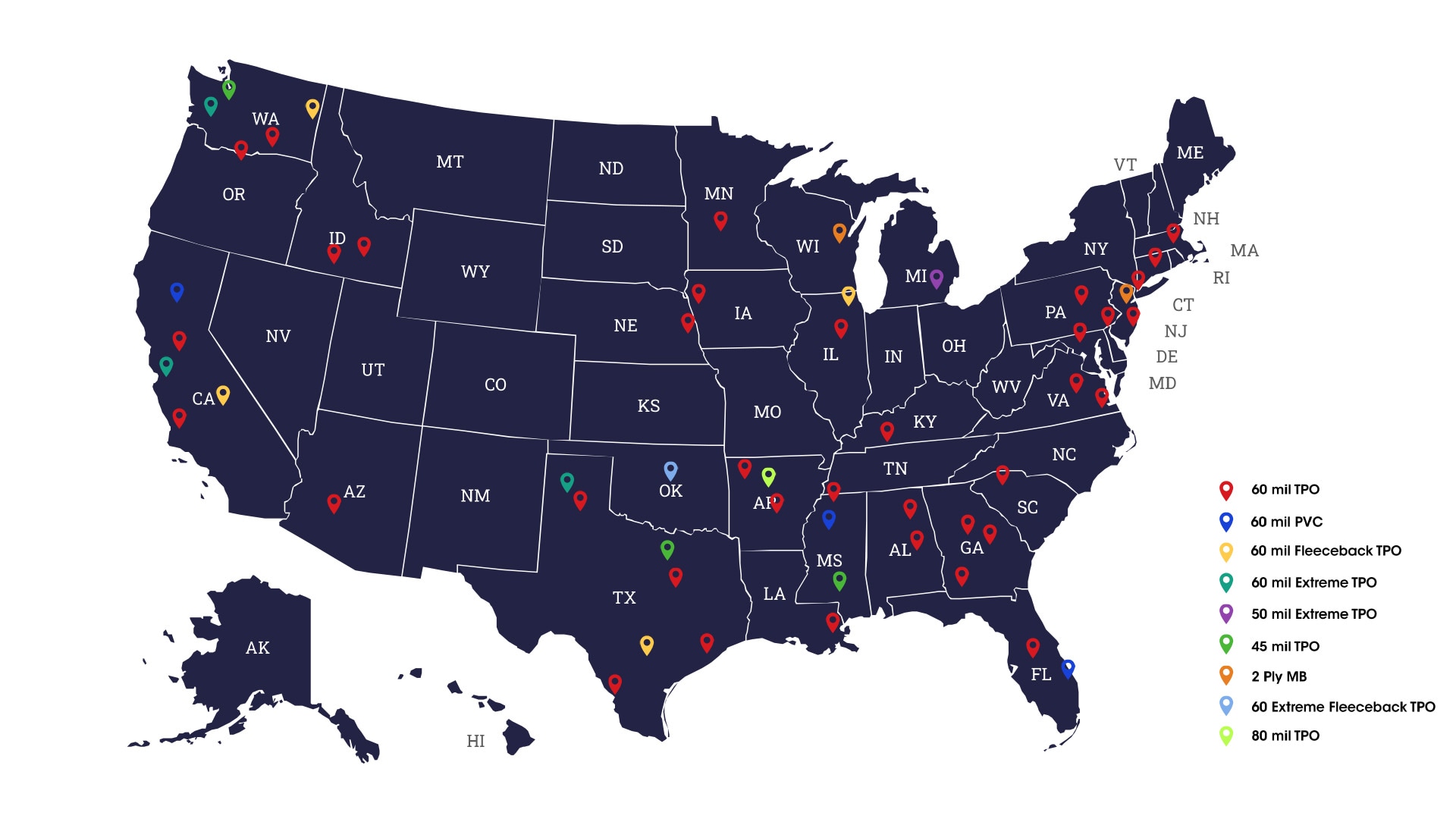
Solutions d’entrepôt frigorifique GAF
Aider les organisations à assurer la sécurité de ce qui compte le plus pour leur entreprise, partout aux États-Unis.Contactez-nous pour obtenir de l'aide et en savoir plus.
Envoyer un courrielArticles de blogue connexes sur les chambres froides
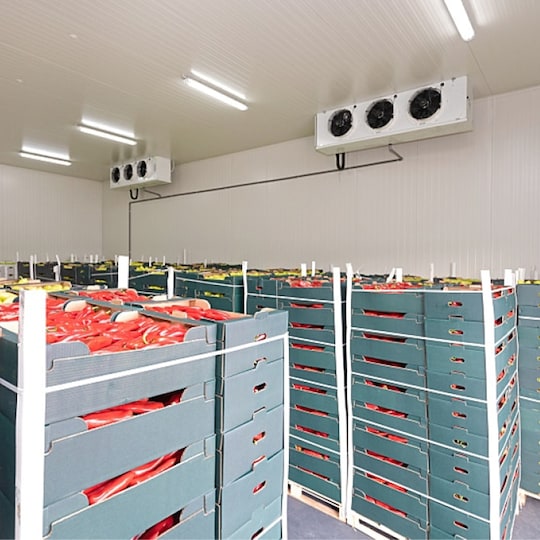
Dépensez-vous trop d’énergie pour votre chambre froide
Les chambres froides sont conçues pour maintenir des températures beaucoup plus froides que celles d’un bâtiment traditionnel.
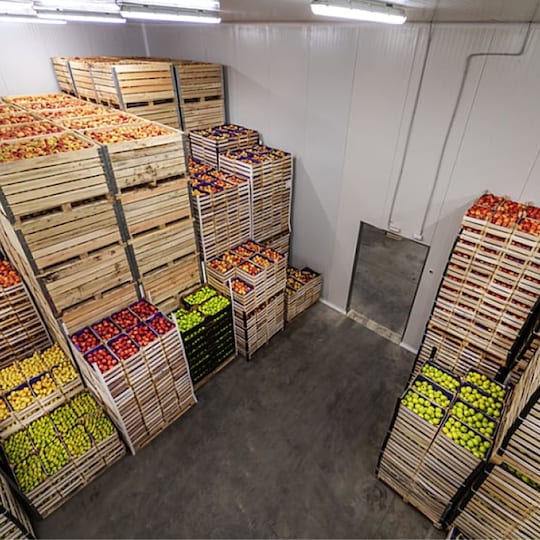
Conception de toit pour chambre froide : 5 composants clés d'un système de toiture étanche
Un aspect crucial de la conception de toit d’une chambre froide réside dans la création d’une toiture étanche afin de veiller à ce que l’air froid reste à l’intérieur et l’air chaud à l’extérieur.
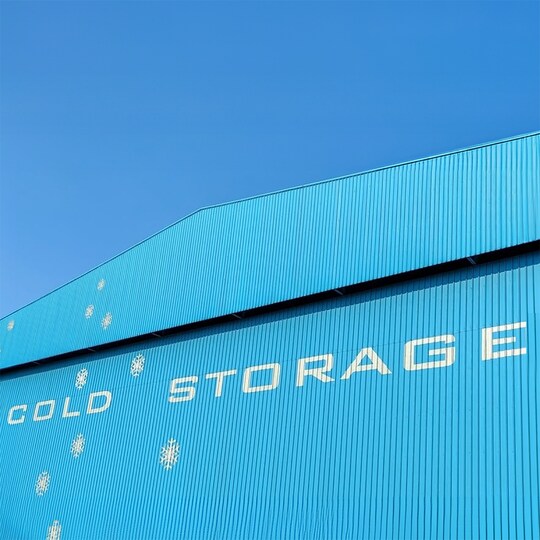
Système de toiture de chambre froide : 5 astuces pour concevoir des documents de construction efficaces
Les chambres froides font face à des défis uniques pour maintenir des niveaux optimaux de températures intérieures. Une toiture de chambre froide efficace peut y contribuer.


